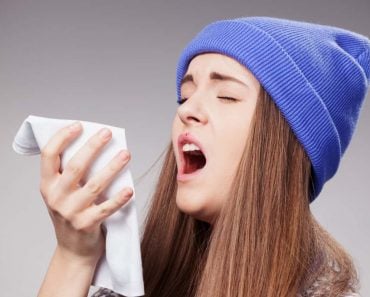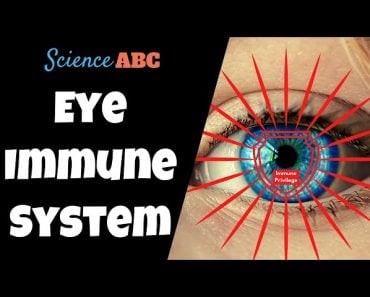If your eyes shed a tear or two every time you yawn, there’s nothing you can do to stop it, not that there is any reason to stop it! It is completely natural and normal for your body to do this.

Yawning is a natural thing your body does. It often comes at the wrong time (i.e., in the middle of your boss’s presentation), but it is innocent and generally unstoppable.
However, have you ever yawned and then found tears rolling down your cheeks?
Recommended Video for you:
Where Do The Yawning Tears Come From?
Tears come from the lacrimal glands, tear-shaped glands situated on the upper outer corner of the eyes. Tears comprise water, proteins, lipids, mucin and electrolytes, all of which have very specific functions in the eye.
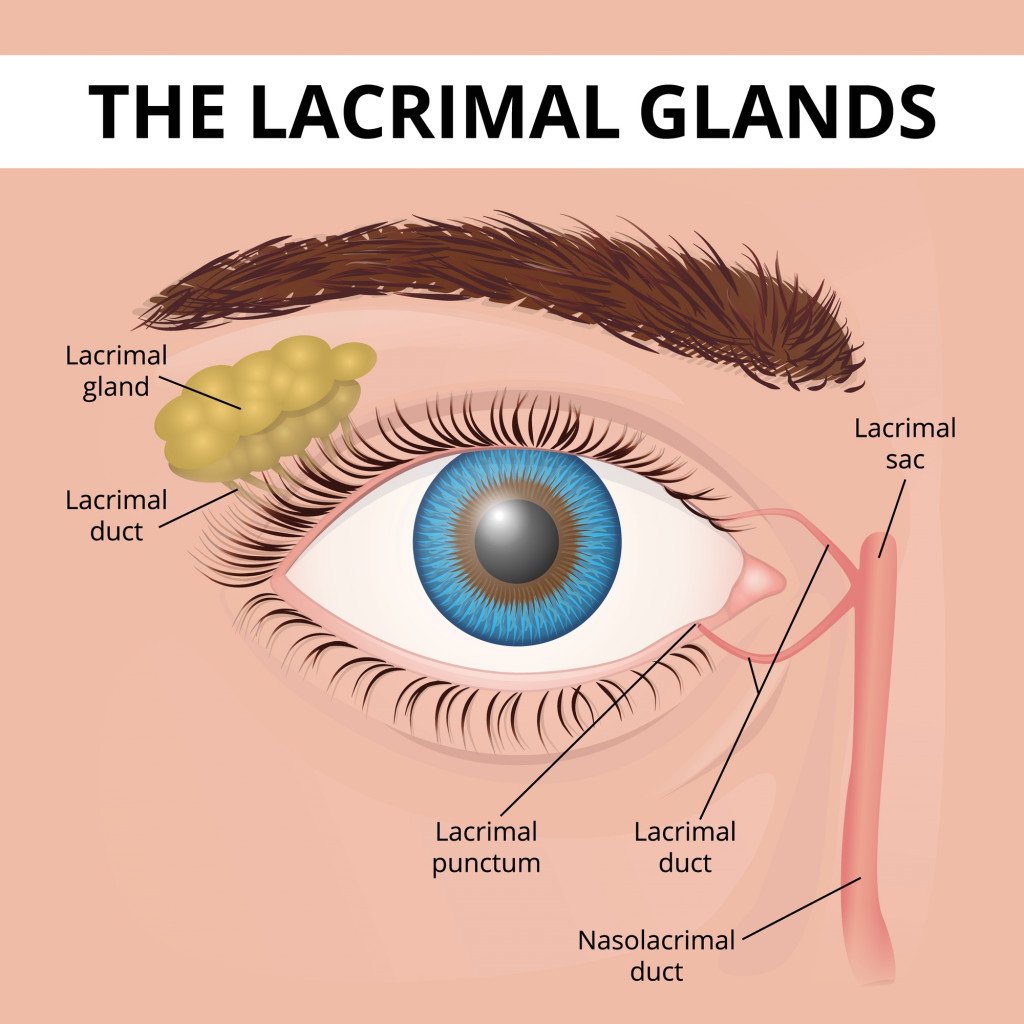
Once secreted, the tear coats the entire surface of the eye and then drains out (through the lacrimal punctae) into the lacrimal canal. We have canals along the upper and lower eyelids. If the gland is the faucet, the canals are the pipes and the lacrimal duct is the drain through which the tears clear (via the nasolacrimal duct) into the nose.
Why Do We Tear Up When We Yawn?
Studying yawns has always been somewhat elusive. While we don’t yet know the exact reason why yawns bring out tears, here are the leading theories.
Brain Cooling
Studies propose that the act of yawning itself helps cool the brain. A study on budgerigars showed that yawning is an act of thermoregulation to reduce the brain’s temperature.
The brain cooling theory suggests that during a yawn, the eyes secrete tears as a way to dissipate some of the body’s heat.
2. Facial Pressure
Depending on how you count, there are upwards of 30 muscles in the face. During a yawn, the majority of these muscles contract, including the ones around the eyelids. This theory of forming tears during yawns has two logical lines.
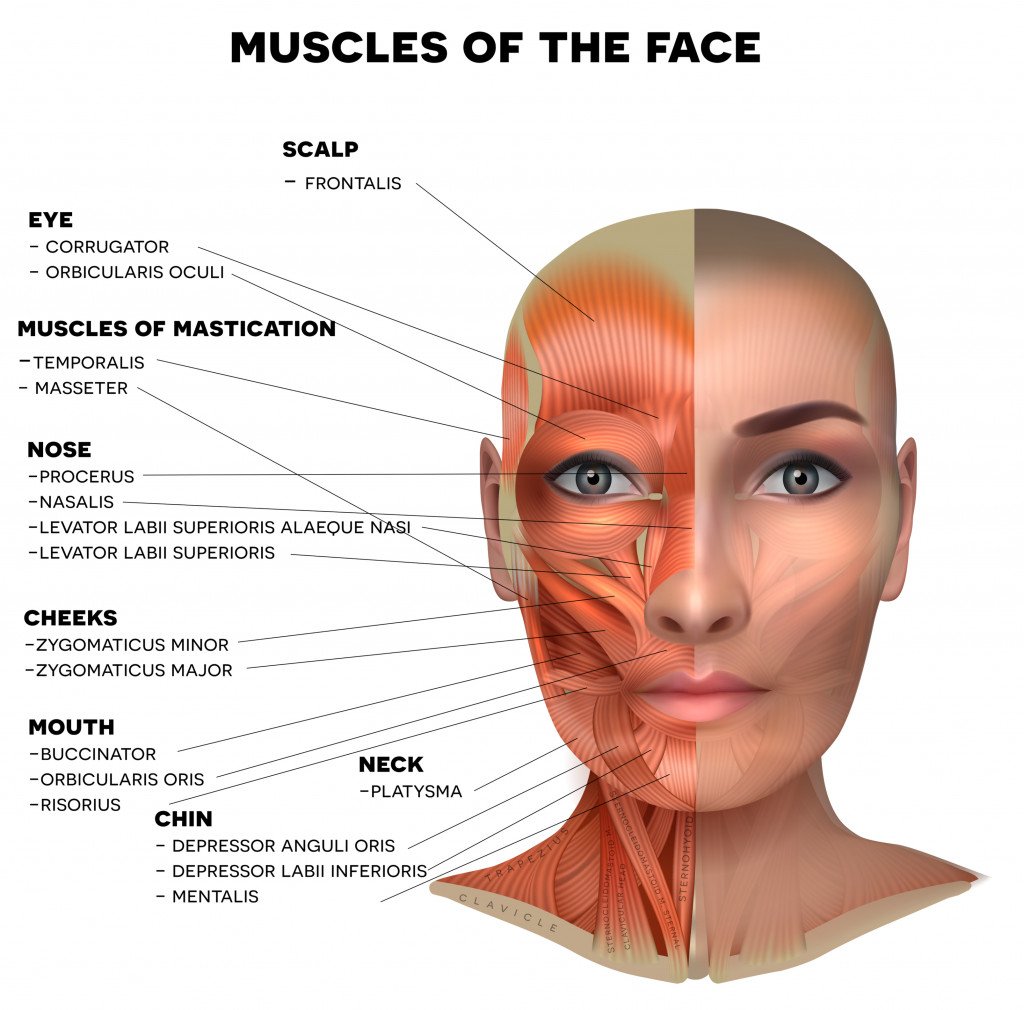
The first theory claims that with all these muscles around the eyes contracting, it squeezes tears from out of the lacrimal glands. This causes them to stream down our face during a yawn.
It is almost as if you’re trying to get the last few drops juice out of an orange.
The second theory claims that the contraction of all these muscles blocks the regular drainage of tears for the duration of the yawn. Since an average yawn can last for around 5 seconds, that’s enough time for a few tear drops to get held up in the eye. As your facial muscles relax after a yawn, the excess tears drain from the lacrimal canals as well as down your cheek.
3. Sleep Deprivation
While research has shown that you don’t always yawns because you’re sleepy or tired, the timing of both do coincide. For someone who is tired, the eyes also show signs of tiredness. Some of these signs are itchy eyes and dry eyes.
To counteract these, your body will secrete tears to moisturize and hydrate the cornea. The fact that you yawn at the same time could likely be a coincidence.
Why Am I The Only One?
It’s very likely that no one else around you experiences this. The reasons for this can also be varied.
For example, people suffering from dry eye syndrome generally produce fewer tears. For such people, squeezing out a few extra drops would be a big ask from their eyes!
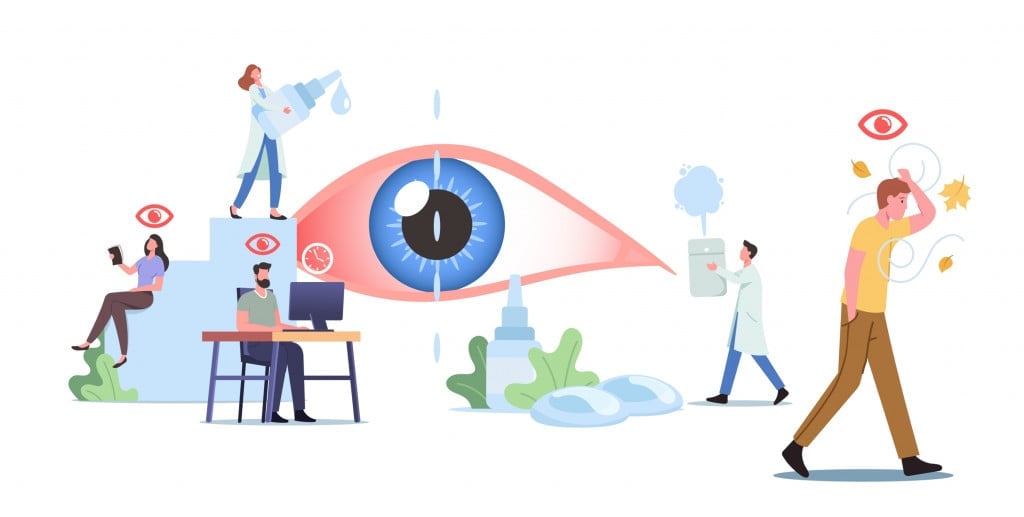
Even if you don’t have any ophthalmic condition, the size of your eye, thickness of the eyelids, anatomy of the lacrimal glands and the canals all differ among people.
Any one of these could be the reason you’re sobbing and yawning during class while your classmates stare at you.
What Can You Do About It?
Basically, if your eyes have decided to shed a tear or two every time you yawn, there’s nothing much you can do to stop it.
For example, if you were born with smaller eyes or narrower lacrimal canals, your tears are going to need another way to drain themselves, and rolling down your cheeks is the only alternative.
The beauty is that you don’t have to stop it. It is completely natural and normal for your body to do this. In many people, it might not even happen every time you yawn. The current state of your body’s physiology, as well as its immediate environment, can affect these things.
When Should I Be Worried?
Your body’s physiology should always be in balance. This ‘ balance’ in biology is called homeostasis. This principle applies even to the occasional teardrop after a yawn.
If you feel like more tears than usual are draining from your eyes, or it doesn’t stop quickly, that’s when you should visit your ophthalmologist. This could be a sign that your lacrimal glands are in overdrive.
Another reason for excessive tearing up could be a defensive response to overly dry eyes. Common causes of dry eyes include allergies, excessive screen time, injury, or some foreign object in the eye. Contact lenses are also known to cause irritation and excessive eye watering in some people.
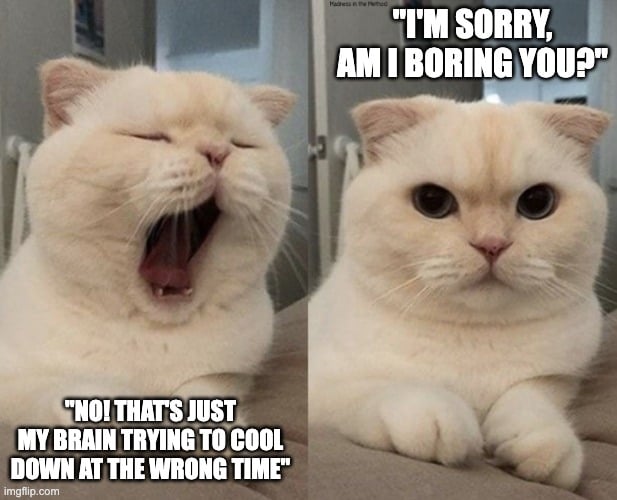
Conclusion
The next time you shed a tear after a large yawn, just wipe it off and move on. It’s either your brain trying to cool down, facial muscles squeezing up or lack of sleep catching up with you. Research is still underway to unearth the deeper mysteries of the yawn, but for now, it’s just a harmless quirk of the human body!
References (click to expand)
- Facts About Tears - American Academy of Ophthalmology. The American Academy of Ophthalmology
- Gallup, A. C., Miller, M. L., & Clark, A. B. (2009, January). Yawning and thermoregulation in budgerigars, Melopsittacus undulatus. Animal Behaviour. Elsevier BV.
- (2022) Anatomy, Head and Neck, Eye Lacrimal Gland - StatPearls. The National Center for Biotechnology Information
- (2022) Dry Eye Syndrome - StatPearls - NCBI Bookshelf. The National Center for Biotechnology Information
- (2022) Corneal Reflex - StatPearls - NCBI Bookshelf. The National Center for Biotechnology Information




